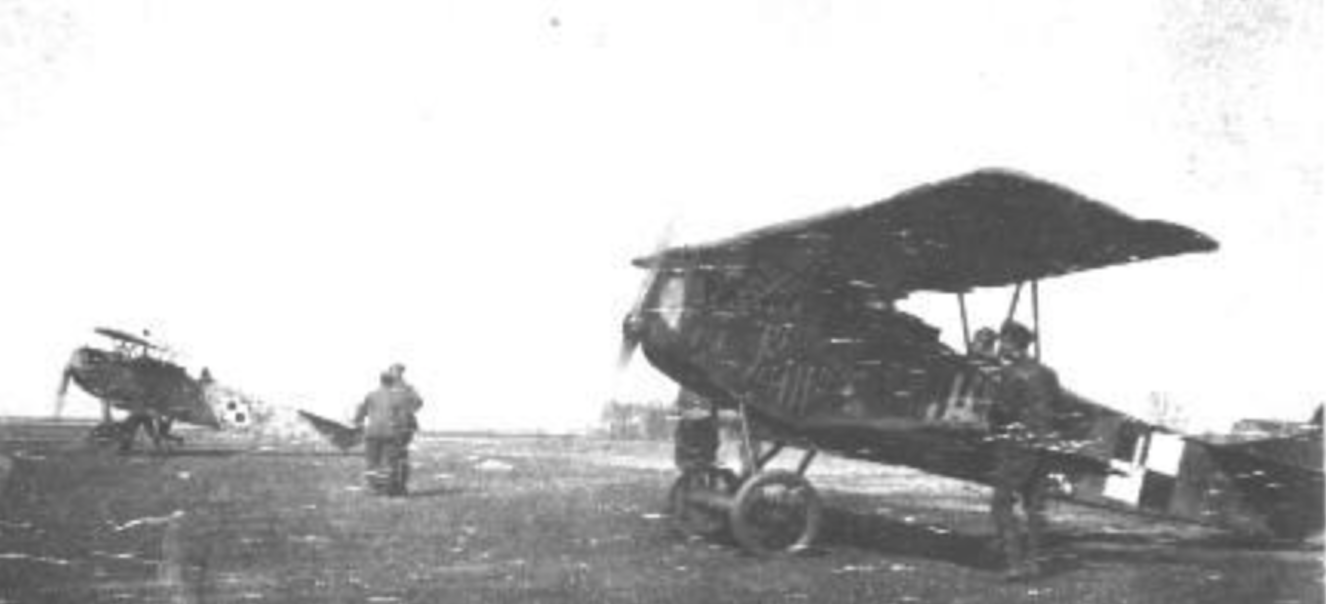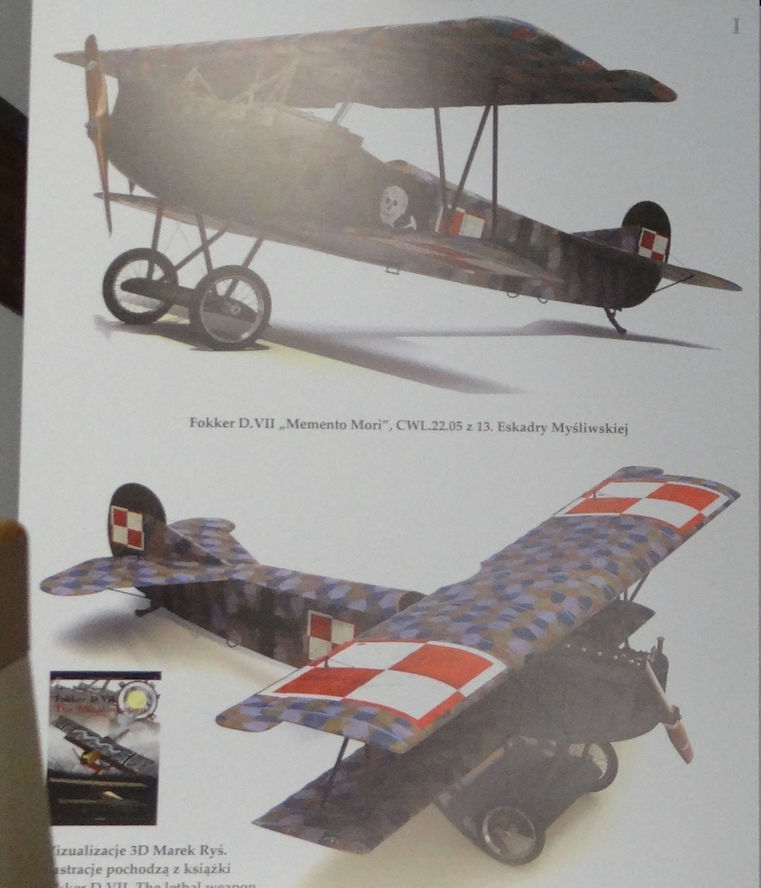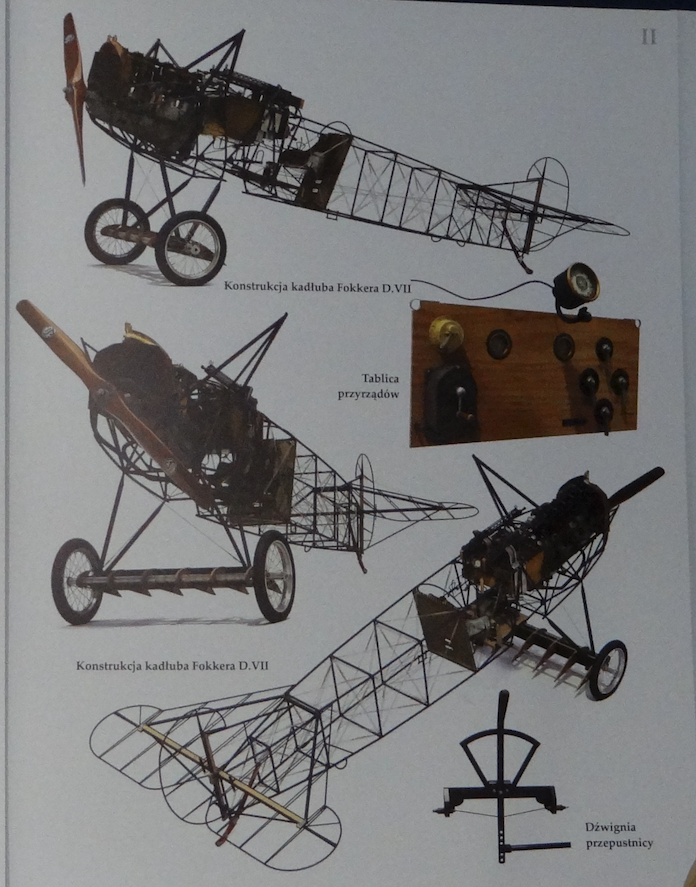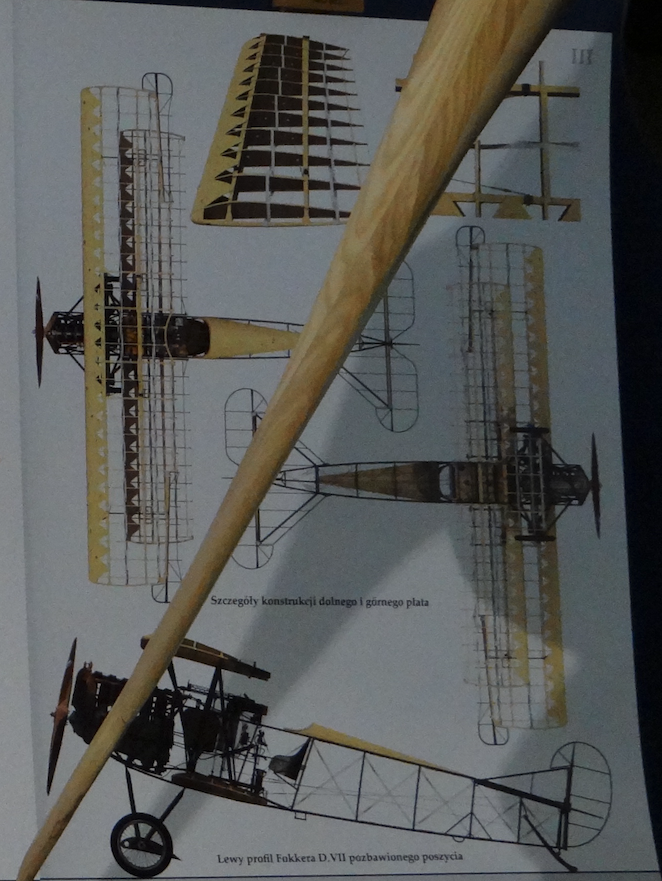Kraków 2020-01-30
00119b Fokker D-VII 1919-01-06
Poland
History
At the beginning of 1918, a new high-performance fighter aircraft appeared on the fronts of the Great World War. This plane was Fokker D-VII. This aircraft was so dangerous to opponents that in the content of the systems concerning the disarmament of Germany a separate point was introduced for this particular aircraft. The plane was good enough that it was produced in the Netherlands until 1921. The aircraft was still in use in the 1930s.
The Fokker D-VII aircraft was built at the Fokker factory in Schwerin. The constructors were Antony Fokker and Reinhold Platz. The aircraft was manufactured at Fokker, Albatros and MAG (Austria-Hungary). Over 4,300 units were built.
Fokker D-VII aircraft in Polish Aviation.
In January 1919, Greater Poland Branches at the Ławica Airport captured three Fokker D-VII aircraft. Lieutenant Norwid Kudło was the first Polish pilot. These aircraft became part of the 4th Squadron of Greater Poland, which was formed on March 25, 1919. Fokker D-VII planes also became part of the School of Pilots in Lawica. One of these planes was the personal machine of Adam Haber-Włyński. Until April 1919, the Greater Poland Army had a maximum of 10 Fokker D-VII aircraft. Further Fokker D-VII aircraft were bought in France from the stocks received by France under the Versailles Treaty. Poland also bought Fokker D-VII planes from the Germans who produced them at the Ostdeutsche Albatros Warke factory in Piła. There were about 50 Fokker D-VII aircraft in total in Poland. About 20 Fokker D-VII aircraft were used during the war with the Bolsheviks. In 1921, Fokker D-VII aircraft went to the 15th Fighter Squadron and all Aviation Schools. In Poland, planes were used until 1926. The last linear unit was the 116 Squadron from the 4th Air Regiment in Toruń. Fokker D-VII aircraft were operated at the School in Grudziądz until 1932.
Written by Karol Placha Hetman
Kraków 2020-01-30
00119b Fokker D-VII 1919-01-06
Poland
Construction
The design of the Fokker D-VII aircraft.
The aircraft was built in the classic biplane arrangement. Mixed construction: wood and metal. The plane is single-seater.
Wings of wooden structure with two girders. To the first girder covered with plywood, and the rest with canvas. The shuttlecocks were placed only on the upper panel and were equipped with aerodynamic compensation. The wings were stiffened with struts and cables.
The fuselage is a truss welded from steel tubes. The cover is made of plywood and canvas. The engine covered with duralumin sheet.
The horizontal and vertical flank is oblique, and the rudders of height and direction have an elliptical shape.
The drive was powered by a six-cylinder in-line engine, BMW IIIa, with 185 HP (136 kW).
Data T-T Fokker D-VII.
Span top panel 8.90 m bottom panel 7.01 m
Length 6.95 m
2.75 m high
Curb weight 735 kg
Total weight 880 kg
Maximum speed 200 km / h
Climbing speed 5.5 m / s
7,000 m ceiling
Range of 400 km
Flight duration 1.7 hours
Armaments 2 machine guns
Written by Karol Placha Hetman
Kraków 2020-01-30
00119b Fokker D-VII 1919-01-06
Poland
Tally
In 1919-1932, about 50 Fokker D-VII aircraft were used in Poland.
Written by Karol Placha Hetman





